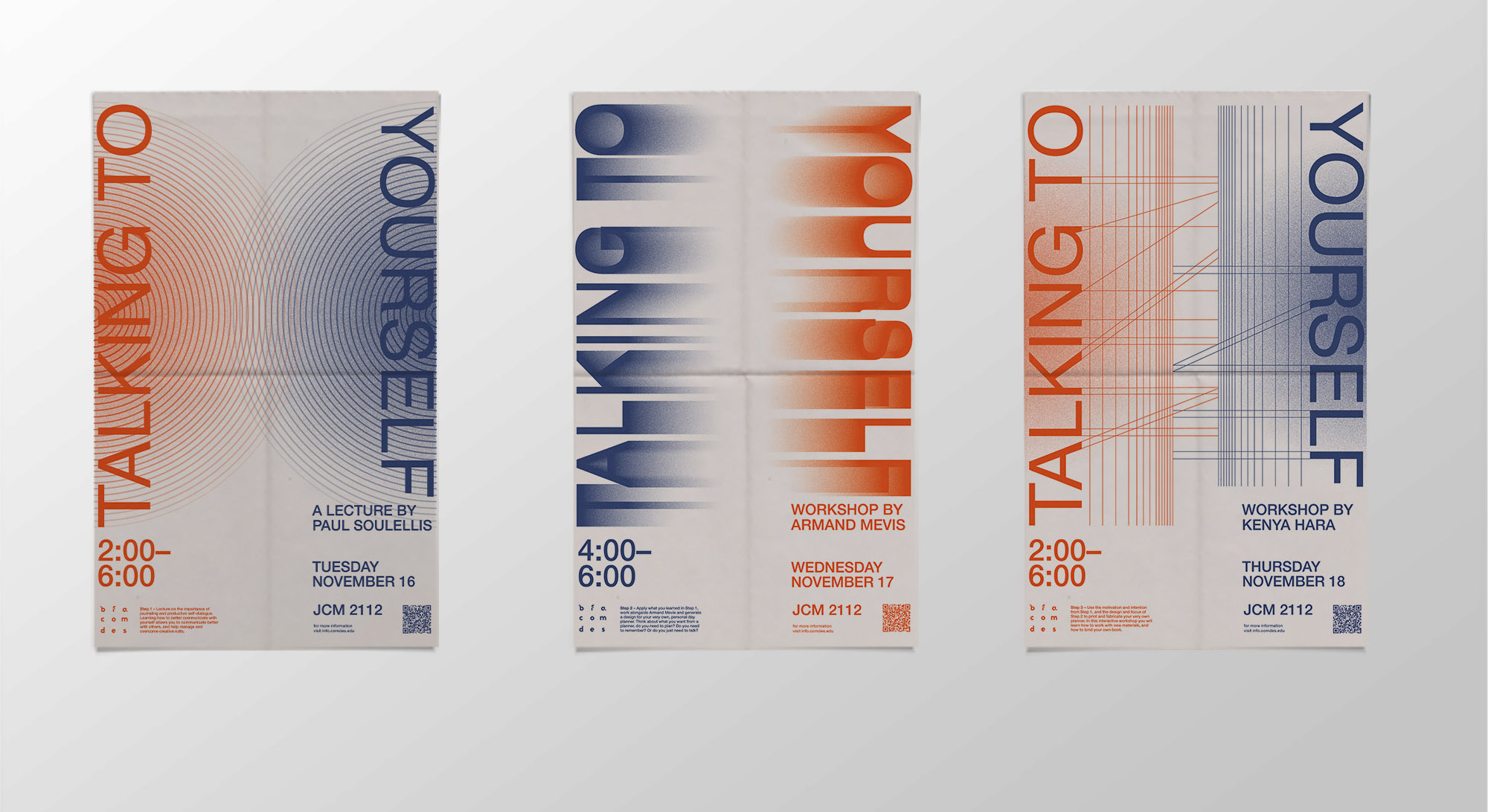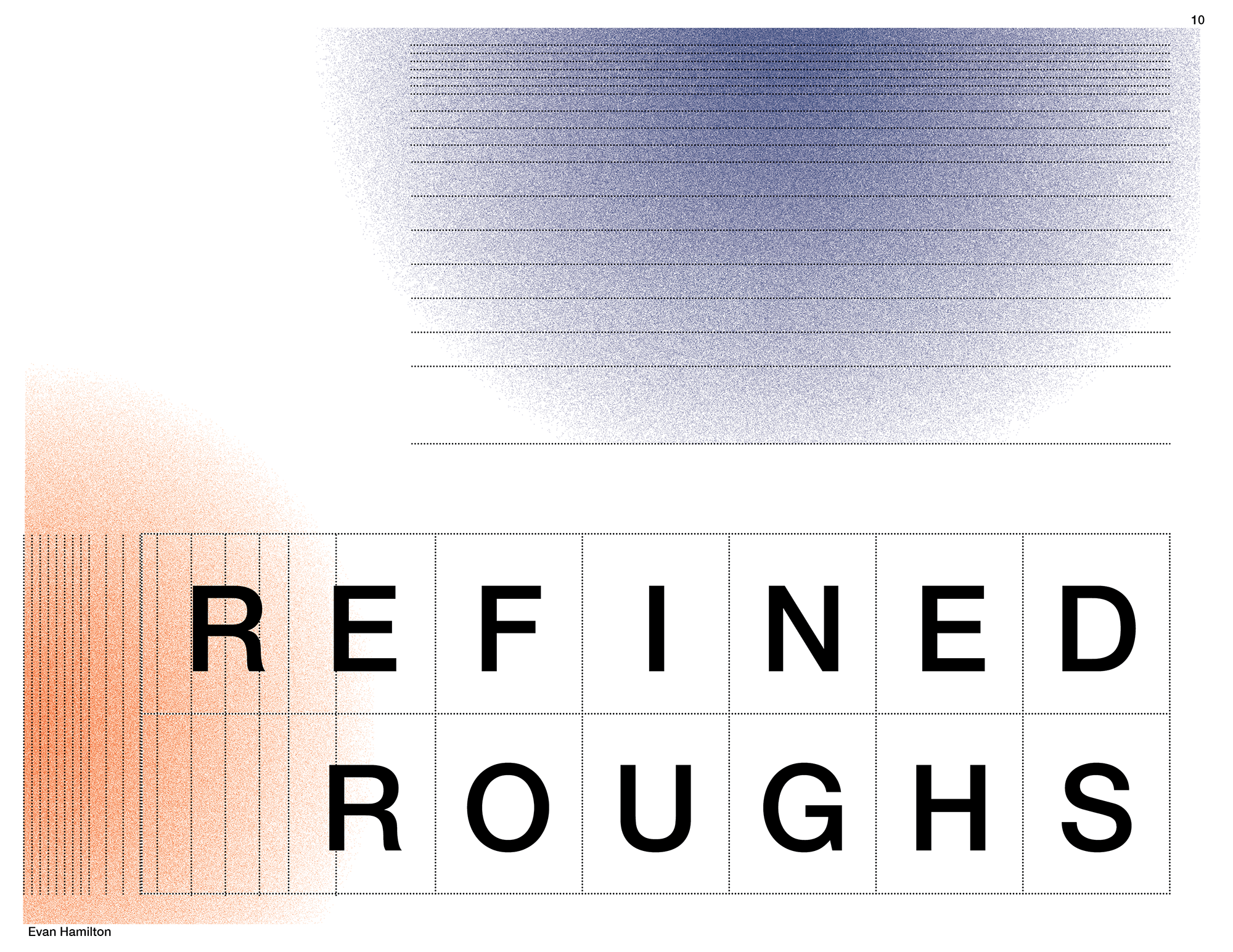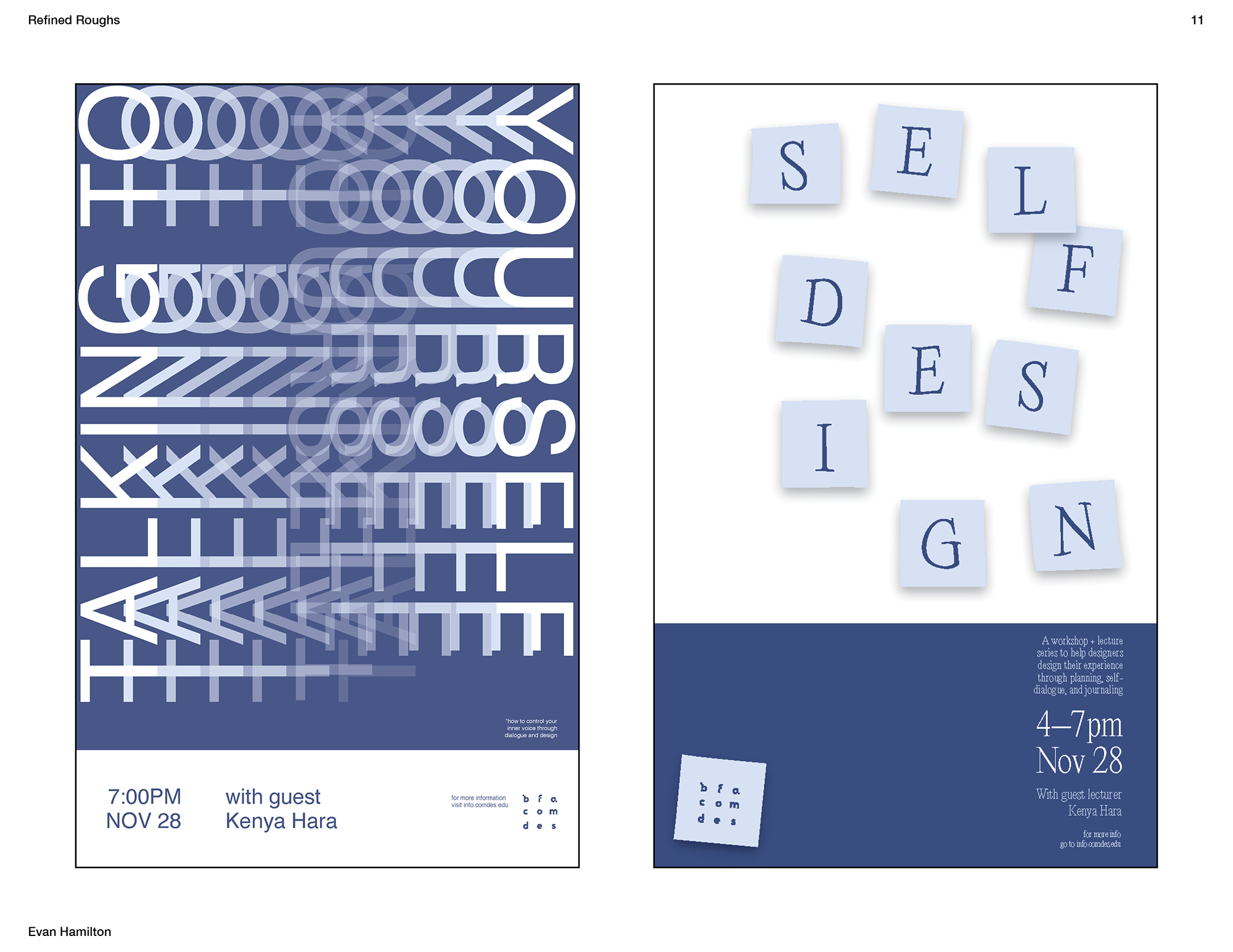
IDEA: After nearly a year of the pandemic, with its limited social interaction, daily activities, patterns, and thoughts become concentrated and inescapable. The echo chamber starts to overflow. When prompted to create a workshop series, the topic of journaling and planning seemed to address these timely and pervasive symptoms of social and self-isolation.
CHALLENGE: There are a lot of subtle mechanisms at work and challenges that need to be considered when designing something surrounding mental health or thought science. There are many instances of self-referencial or meta design; i.e “thinking about thought” or “designing design”. Furthermore, the problems themselves are very subjective, and the goals and needs vary widely from person to person. A solution for this came in the form of a workshop where participants design their day planners themselves, with their individual needs in mind. This both encourages introspective analysis, and gives them a tailored pathway to gain further understanding. We are all terribly complicated, and the more you can understand about yourself, the more you can understand the world at large.
EXECUTION: A curated lecture + workshop series, segmented into three distinct parts. Each idea is represented abstractly by the type treatment. This workshop is ideally for design students, as the participants must not only examine themselves, but how design interacts with their identity.
- “Reflect” : a lecture that sets the tone for the other two events. The lecture shares tips, insights, and the proposed methodology of creating and maintaining a healthy self-dialogue through journaling.
- “Conceptualize” : a design workshop where the ideas from the lecture are applied. After learning some best practices and doing a bit of introspection, create a design. Make thumbnails in your booklet, digitize them, fine tune them, and get ready to create something meaningful.
- “Actualize” : Your design becomes reality. Choose materials, then print and bind your book. Not only is this a good bit of practice in book design, technical designing practice, and fabrication; hopefully you have become more of a friend to yourself.
1
REFLECT
2
CONCEPTUALIZE
3
ACTUALIZE

























